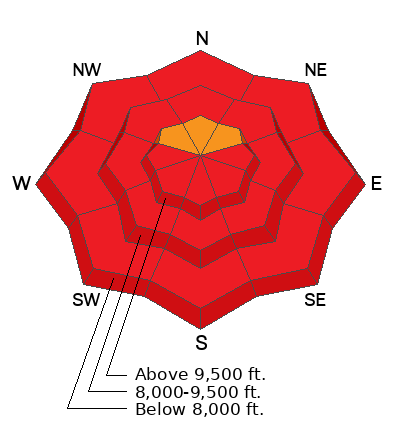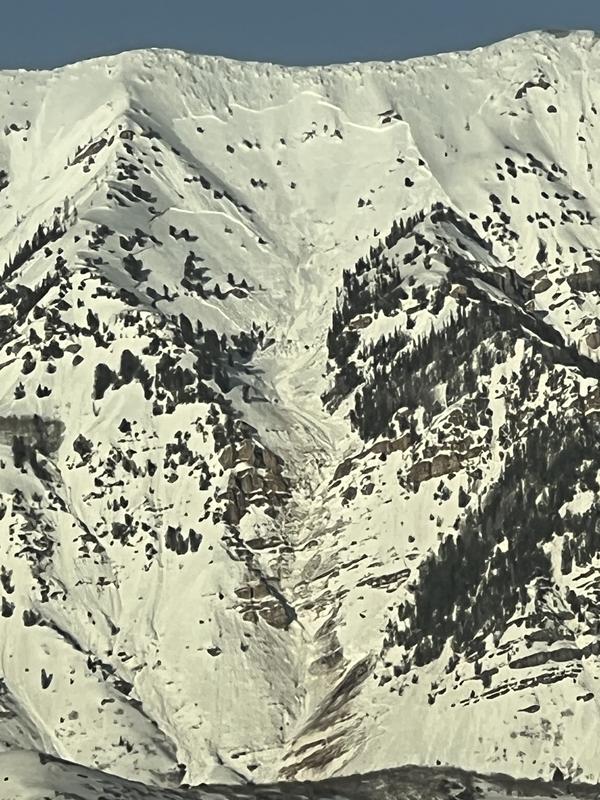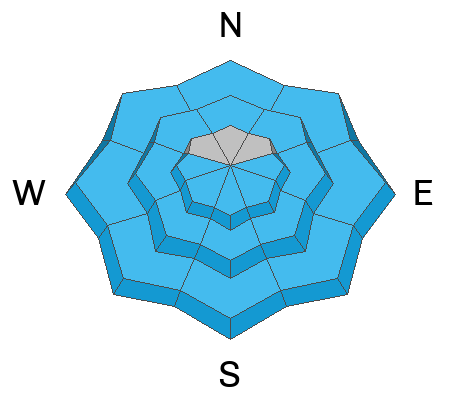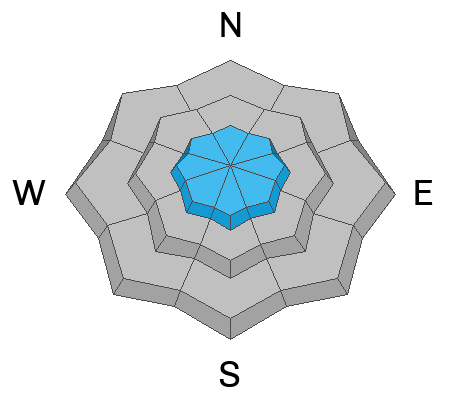Forecast for the Salt Lake Area Mountains

Issued by Dave Kelly on
Monday morning, April 10, 2023
Monday morning, April 10, 2023
There will be a HIGH avalanche danger for wet avalanches. Avalanches will happen naturally today, and the debris can stack up very deep and run far especially in terrain traps like gullies.
You will find a CONSIDERABLE avalanche danger on upper elevation north facing slopes where there is a chance for large cornices to fail, or glide cracks to release and trigger a deeper longer running avalanche.
Plan ahead for early exits and avoid being on or under sun warmed slopes. These avalanches could be 2-5' deep and hundreds of feet wide. If you are sinking through the top 6-8" of the snowpack you're late, and it's time to exit the mountains and avoid any avalanche run-out zones.

Low
Moderate
Considerable
High
Extreme
Learn how to read the forecast here










